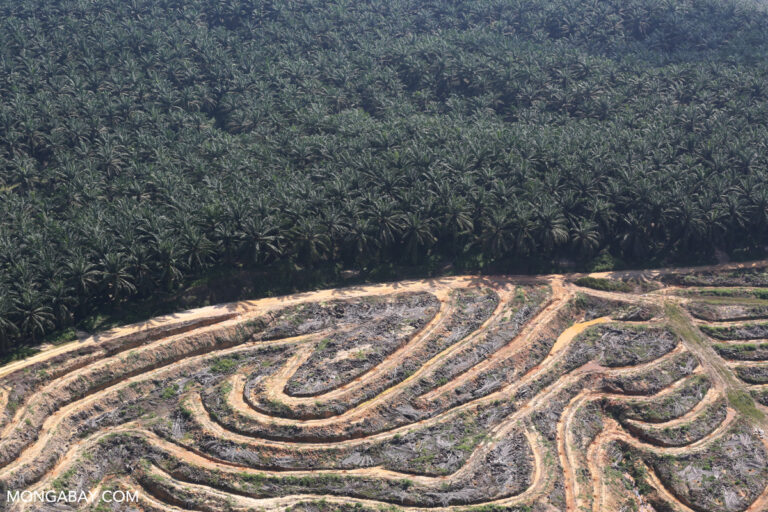JAKARTA — Researchers have called out the Indonesian government’s claim of having reduced deforestation by 90% over the past decade, pointing to cherry-picked data and a skewed baseline that paint an incomplete picture of the reality on the ground. In a recently published report, Norwegian and Indonesian researchers at the Norwegian University of Life Sciences (NMBU) compared the official data with other satellite-based deforestation data sets from independent sources, such as Global Forest Watch (GFW).
They found that while all the independent data sets also showed a decline, these were lower than the 90% figure that the Indonesian government gives for the period 2015-2021. GFW data, for instance, showed a decline of 69% from the period 2016-2023. Ahmad Dermawan, a postdoctoral researcher at NMBU and co-author of the report, said a major issue was the Indonesian government’s choice of 2015 as the baseline year, i.e., the year against which deforestation rates for subsequent years would be compared. 2015 marked an extreme case of El Niño, which in Indonesia results in hotter and drier conditions than usual.
This, combined with burning by plantation companies to clear land, led to some of the worst forest and land fires on record across Indonesia. An estimated 2.6 million hectares (6.4 million acres) — an area four times the size of the island of Bali — burned that year, of which more than 1 million hectares (2.5 million acres) were forest loss. That constituted one of the highest deforestation rates in the country’s history, according to official…This article was originally published on Mongabay


